Look at the given figure. It consists of a cell, a bulb with the two terminals X and Y and wires with ends P and Q, and S and R. The direction of current will be:
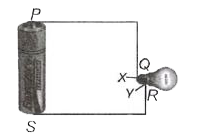
PQRS
SRQP
PRQS
SQRP
The correct Answer is:A
The direction of current will be PQRS because the current flows from positive terminal of the cell to the negative terminal.
Topper's Solved these Questions
- ELECTRICITY AND CIRCUITS BOOK - SCIENCE OLYMPIAD FOUNDATION CHAPTER - ELECTRICITY AND CIRCUITS EXERCISE - ACHIEVERS SECTION (HOTS)
5 Videos
- CLASS 6 SAMPLE PAPER FINAL 4BOOK - SCIENCE OLYMPIAD FOUNDATION CHAPTER - CLASS 6 SAMPLE PAPER FINAL 4EXERCISE - Section C - Science
2 Videos
- FUN WITH MAGNETS BOOK - SCIENCE OLYMPIAD FOUNDATION CHAPTER - FUN WITH MAGNETS EXERCISE - ACHIEVERS SECTION (HOTS)
5 Videos
Similar Questions
The given figure shows two circuits, each consisting of a bulb and a cell. M and N are the terminals of cell I and S and T are the terminals of cell II. The direction of current in the respective circuits is indicated by arroheads.

Terminals M and T of the cells are
View SolutionThe given figure shows two circuits, each consisting of a bulb and a cell. M and N are the terminals of II cell I and S and T are the terminals of cell II. The direction of current in the respective circuits is indicated by arrowheads.

Terminals M and T of the cells are
View Solution
Knowledge Check
Refer to the given figure and identify P,Q,R and S.
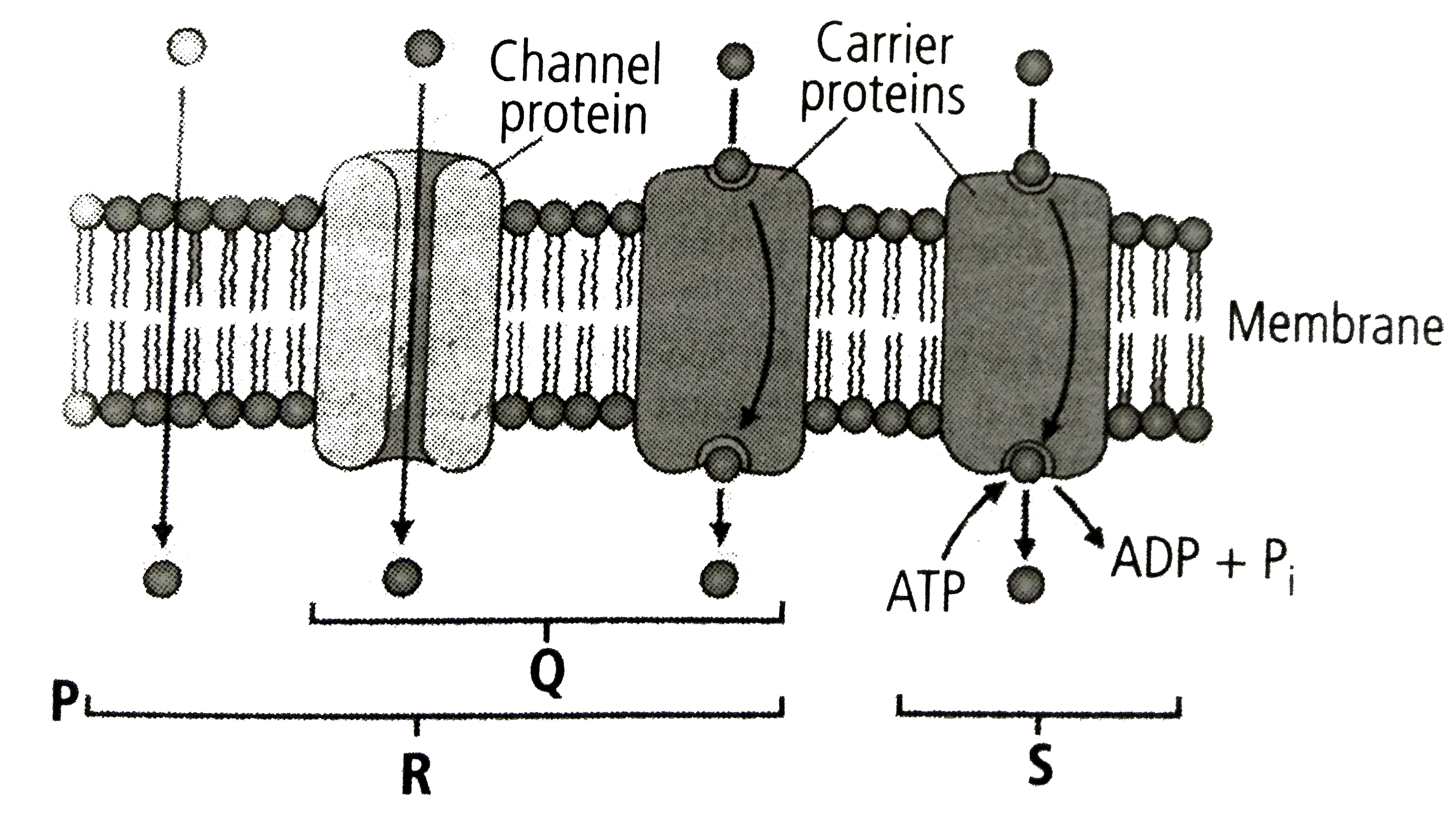 APQRSFacilitateddiffusionSimplediffusionActivetransportPassivetransportBPQRSSimplediffusionFacilitateddiffusionPassivetransportActivetransportCPQRSSimplediffusionFacilitateddiffusionActivetransportPassivetransportDPQRSFacilitateddiffusionSimplediffusionPassivetransportActivetransport
APQRSFacilitateddiffusionSimplediffusionActivetransportPassivetransportBPQRSSimplediffusionFacilitateddiffusionPassivetransportActivetransportCPQRSSimplediffusionFacilitateddiffusionActivetransportPassivetransportDPQRSFacilitateddiffusionSimplediffusionPassivetransportActivetransportRefer to the given figure and identify the parts labelled P,Q,R and S.
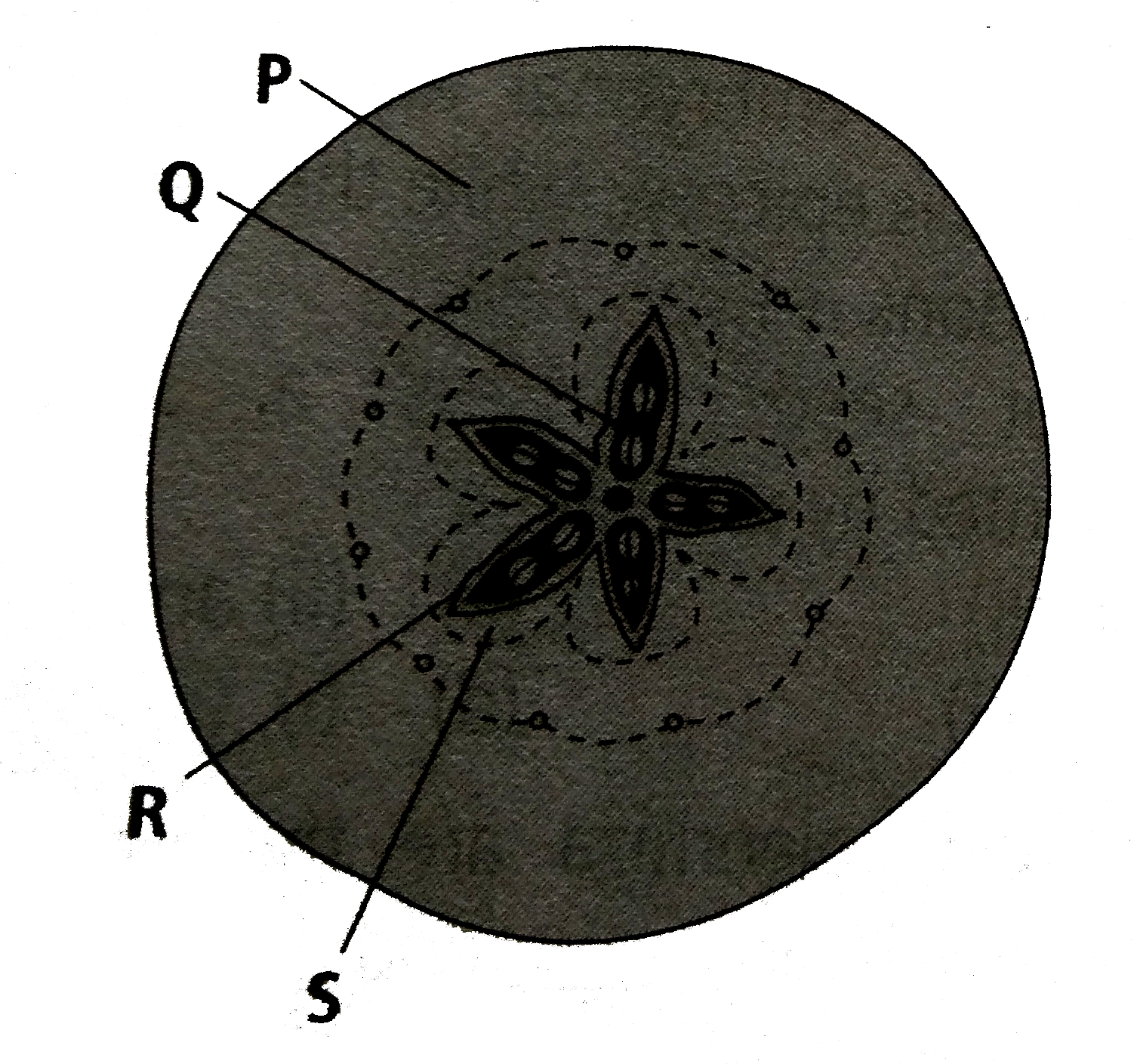 APQRSSeedThalamusMesocarpEndocarpBPQRSThalamusSeedEndocarpMesocarpCPQRSSeedThalamusEndocarpMesocarpDPQRSPericapSeedMesocarpEndocarp
APQRSSeedThalamusMesocarpEndocarpBPQRSThalamusSeedEndocarpMesocarpCPQRSSeedThalamusEndocarpMesocarpDPQRSPericapSeedMesocarpEndocarp
The given figure shows a simple circuit that consists of a bulb, a battery, and two switches.

In the given circuit, when switch I is closed, the bulb will
View SolutionFig. 12.10 A and B, show a bulb connected to a cell in two different ways.
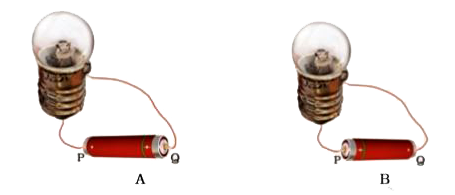
(i) What will be the direction of the current through the bulb in both the cases. (Q to P or P to Q)
(ii) Will the bulb glow in both the cases?
(iii)Does the brightness of the glowing bulb depend on the direction of current through it?
View SolutionTwo very long straight wires P and Q carry currents of 10A and 20A respectively, and are at a distance 20cm apart. If a third wire R (length 15cm) having a current of 10A is placed in middle between them, how much force will act on R? The direction of current in all the three wires is the same.
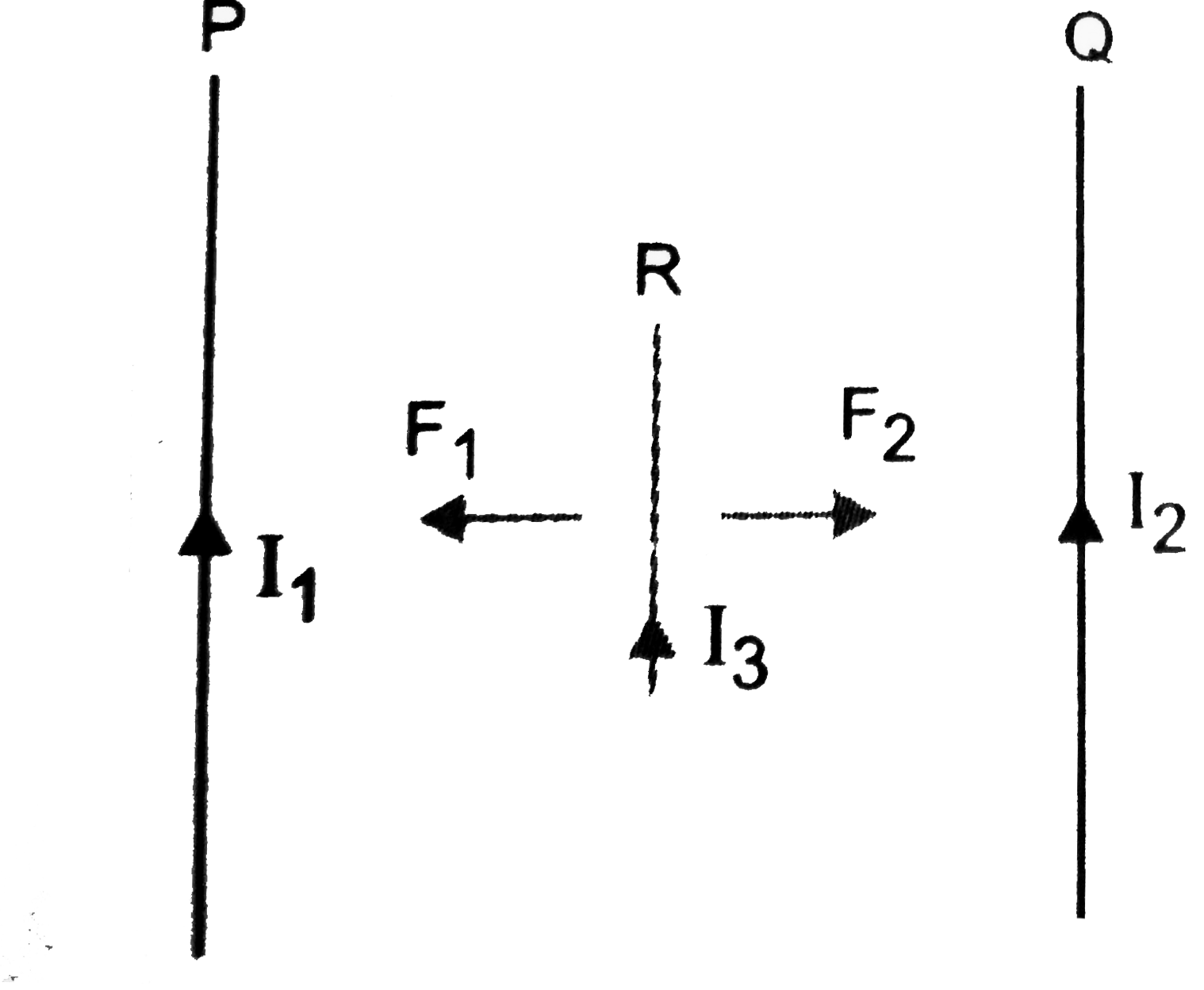
View SolutionFor the potentiometer circuit shown in the given figure, points X and Y represent the two terminals of an unknown emf ε . A student observed that when the jockey is moved from the end A to the end B of the potentiometer wire, the direction of the deflection in the galvanometer remains in the same direction. What may be the two possible faults in the circuit that could result in this observations ? If the galvanometer deflection at the end B is (i) more, (ii) less, than that at the end A which of the two faults," listed above, would be there in the circuit ? Give reasons in support of your answer in each case.
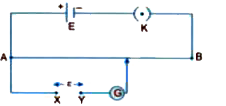
View SolutionAn infinitely long wire carrying current I is bent to from a L shaped wire. Let the bend be the origin and the two arms be along x and y direction (see figure). Calculate the magnitude of magnetic field at point P (in first quadrant) whose co-ordinates are (x, y).

View SolutionP, Q and R long parallel straight wires in air, carrying currents as shown. The direction of resultant force on R is :-
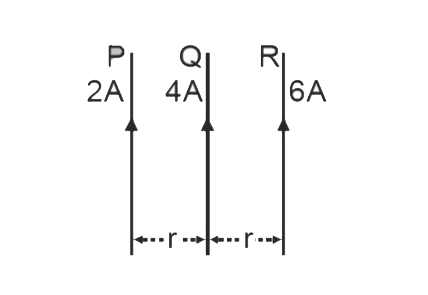
View Solution
